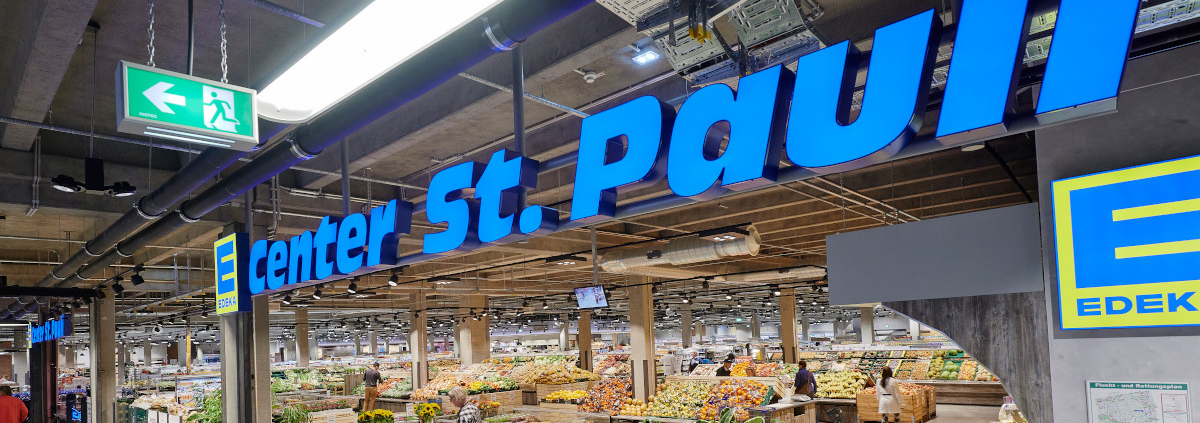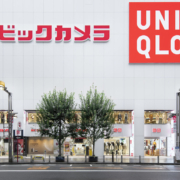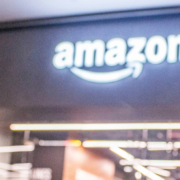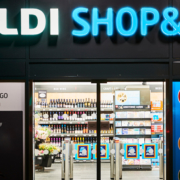EDEKA’s Checkout Evolution: Blending Innovation with Familiarity
EDEKA, one of Germany’s most prominent supermarket chains, is undergoing a significant transformation in its checkout systems to meet evolving customer expectations. While the company is deeply rooted in a tradition of quality and local service, it is embracing modern technology to enhance efficiency and convenience. By taking a gradual approach to automation, EDEKA is balancing the demands of modernization with its customers’ diverse needs.
The Role of Checkout in Modern Retail
In grocery shopping, the checkout process plays a pivotal role in shaping customer satisfaction. Long lines and inefficient systems are often a pain point for customers. Recognizing this, EDEKA has begun implementing innovative solutions aimed at reducing wait times, increasing throughput, and offering customers more flexibility in how they complete their purchases.
Unlike other pioneers in fully cashierless models, EDEKA’s approach is incremental, focusing on integrating hybrid and self-service solutions that gradually transition customers toward automation. This includes introducing self-service kiosks and hybrid systems, blending automation with human support to ease customers into new shopping experiences.
EDEKA’s Hybrid Checkout Solutions
A standout feature of EDEKA’s strategy is its hybrid checkout model. At some flagship stores, the company separates the scanning and payment processes:
- Scanning by Cashiers: Cashiers handle the scanning of items, ensuring accuracy and maintaining a familiar experience for customers.
- Self-Service Payment Stations: After scanning, customers pay for their purchases independently at adjacent self-service terminals.
This model reduces transaction bottlenecks while preserving personal interaction, making it particularly effective in high-traffic stores.
Innovations Across the Network
EDEKA’s innovation is not limited to hybrid systems. The chain is rolling out self-service kiosks across its network, allowing customers to scan and pay for items themselves. These kiosks:
- Offer multiple payment options, including contactless methods.
- Feature user-friendly interfaces designed to minimize learning curves.
- Free up staff to focus on other tasks, such as customer assistance or managing inventory.
Partnerships with technology providers, such as Diebold Nixdorf, have been instrumental in deploying these systems. By integrating advanced hardware like the DN Series™ self-checkout terminals and implementing robust monitoring solutions, EDEKA ensures that its systems are reliable and scalable.
The Transition to Cashierless Stores
Although EDEKA has not yet fully embraced cashierless stores, the groundwork is being laid for a more automated future. The company’s measured approach allows it to:
- Assess customer acceptance of new systems.
- Train staff to manage both automated and traditional checkouts.
- Gradually introduce technologies like electronic shelf labels and real-time inventory tracking to complement the checkout experience.
This strategy highlights EDEKA’s understanding of its diverse customer base. While some shoppers eagerly adopt self-service solutions, others prefer traditional checkouts. By offering a mix of options, EDEKA ensures that no customer feels alienated.
Challenges and Opportunities
EDEKA’s efforts are not without challenges. Introducing new technology requires significant investment in infrastructure, staff training, and maintenance. Additionally, some customers may hesitate to adopt self-service options due to concerns about complexity or unfamiliarity.
However, the benefits outweigh the hurdles:
- Faster Transactions: Self-service options reduce checkout times, particularly during busy periods.
- Enhanced Efficiency: Hybrid systems optimize staff roles, allowing them to focus on customer engagement.
- Future-Proofing: By gradually incorporating automation, EDEKA is preparing for the retail landscape of tomorrow.
A Model for the Industry
EDEKA’s approach to checkout modernization offers valuable lessons for the broader retail sector. Rather than rushing toward fully cashierless stores, the company is taking a pragmatic path that respects customer preferences while leveraging the advantages of automation. This blend of tradition and innovation positions EDEKA as a leader in grocery retail, setting a standard for balancing technological progress with human-centric service.
As the company continues to refine its systems, EDEKA’s efforts underscore a broader truth in retail: modernization doesn’t have to mean leaving customers behind—it can mean bringing them along for the journey.

 (c) EDEKA
(c) EDEKA




 Aldi
Aldi